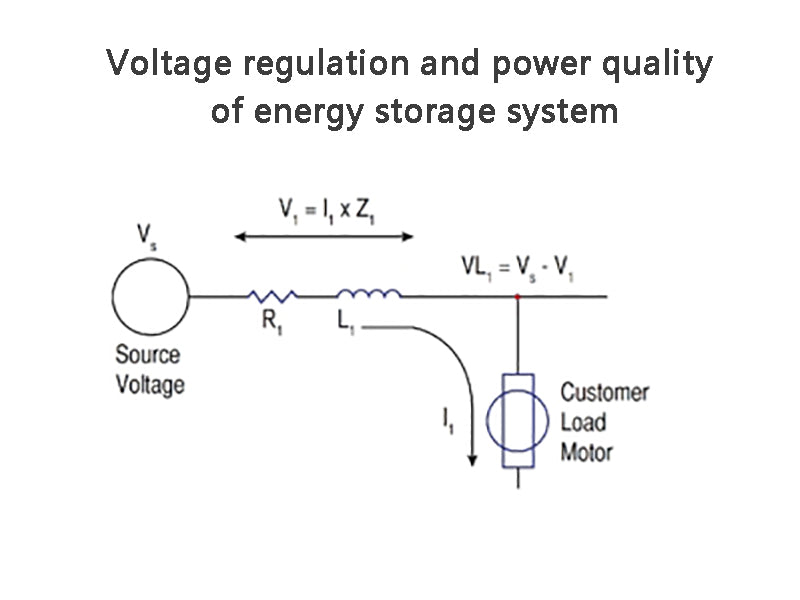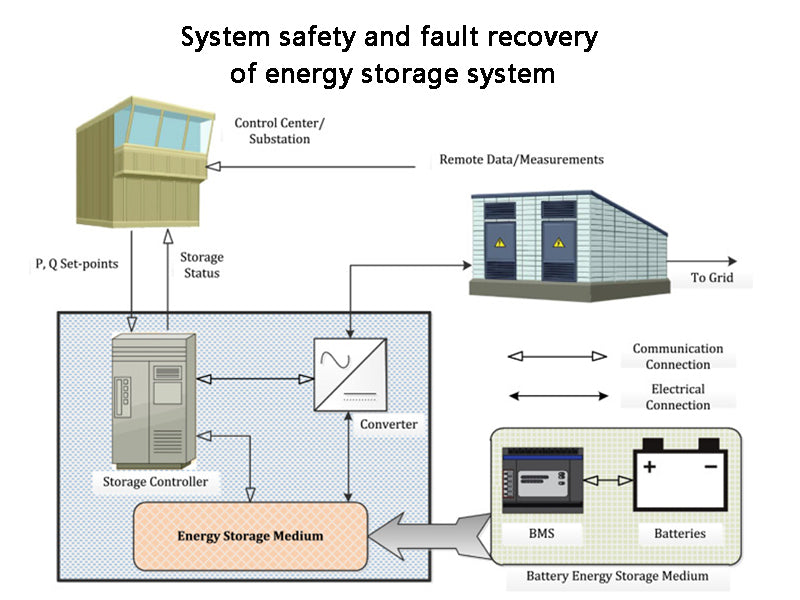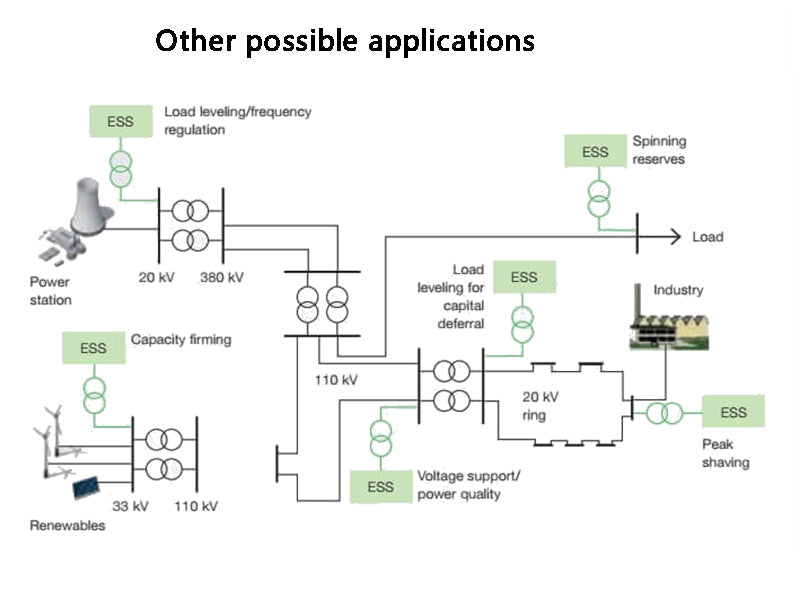
main content:
Depending on the operating mode, the energy storage system can be equivalent to either a generator set or a power load (user). Therefore, in principle, energy storage can provide the same function as a generator set and an electrical load in a transmission system.
1. Investment control and congestion management

By controlling the charging or discharging of the energy storage system, the power flow of the power transmission system can be controlled to keep the power flow of the system under a maximum limit, which of course depends on the capacity and technical characteristics of the energy storage system.
The transmission system control center can use the above functions of energy storage to solve the problem of network congestion (currently, generator sets are used to solve such problems), and can delay the related investment in power capacity expansion. Also, in some areas where grid retrofits are difficult (such as objections from local residents), energy storage appears to be a solution.
The energy storage system often needs to continue to support for several hours to smooth the peak power in the transmission system. If the energy storage system needs to support for a longer time, it means that the local power facilities are seriously lagging behind, and it is inevitable to upgrade them. For transmission congestion management, the transmission system control center can also invoke the reserve capacity three times or enable a balancing transaction mechanism. However, it depends on the policies and mechanisms of different countries.
2. Frequency modulation and balance mechanism

Similar to conventional units, the energy storage system can participate in system frequency regulation. The units participating in the frequency regulation of the system may be adjusted up or down. That is, energy storage requires both injecting energy into the grid and absorbing energy from the grid. Therefore, the energy storage system is required to have special technical performance and operation mode.
In addition, the energy storage system can also participate in the balancing transaction mechanism. Including energy storage in the balancing mechanism (or in the balancing transaction market) as a balancing responsible party to participate in transactions, etc. Generally, energy storage participates in the balancing transaction mechanism and has a minimum capacity requirement. For example, in France, the minimum capacity of the energy storage system is 10MW [RTE 09].
3. Voltage regulation and power quality

Voltage regulation is not the primary function of energy storage, after all there are other more efficient and less expensive specialized systems for this function. However, when energy storage has been deployed in the transmission system to meet certain application requirements, the energy storage system can also achieve voltage regulation through rotating electrical machines or power electronics. Of course, this may require adjustments to the capacity of the energy storage system.
According to the classification method of frequency regulation, voltage regulation can also be divided into three categories, namely, primary voltage regulation, secondary voltage regulation and tertiary voltage regulation.
Primary voltage regulation is a local automatic voltage regulation to maintain the voltage of a specific node in the grid within a reasonable range. In order to realize this function, it is necessary to configure the automatic voltage regulator for the generator set. Some other devices in the power transmission system can also realize this function, such as static reactive power compensator, static synchronous compensator (STATCOM) and so on. In France, each generator set connected to the transmission system must be equipped with a primary voltage regulation system.
Secondary voltage regulation is a centralized automatic voltage regulation, which is used to coordinate the voltage regulation devices of each generator set with secondary voltage regulation function, so as to control the voltage level within the preset range. In France, only generator sets connected to voltage levels of 225kV to 400kV are required to participate in secondary voltage regulation.
Tertiary voltage regulation is a voltage regulation process manually operated by grid dispatchers to coordinate the secondary voltage regulation process between different areas, so as to achieve the purpose of voltage regulation of the entire system.
Similarly, the improvement of power quality is not the main function of energy storage, but since the energy storage system already has some technical conditions (such as having a power electronic grid connection device), it can also be used to improve the power quality in the grid.
4. System Security and Failure Recovery

In addition to participating in frequency and voltage regulation, the energy storage system can also play a role in the safe operation of the power system in the charging state, especially in the following aspects:
1) Reduce the electrical load. When a power system "frequency collapse" occurs and conventional regulation cannot control the downward trend in frequency, grid dispatch (TSO) will cut off part of the load based on the threshold that frequency approaches. In France, four low-frequency shear load thresholds are set, namely 49Hz, 48.5Hz, 48Hz and 47.5Hz. The level of load shedding (load shedding capacity) is related to the threshold at which the frequency falls. The charging energy storage can be interrupted in a planned way, which just has the effect of step-by-step load shedding.
2) Keep the voltage stable. In the event of grid voltage collapse, TSO can also achieve voltage stability by controlling the load, and energy storage can also play this role.
Finally, after a total or partial grid outage, the energy storage system can restore power to the grid just like any other generator set. Of course, this depends on the capacity and technical performance of the energy storage system.
5. Other possible applications

Islanding operation: Under some special circumstances, a part of the transmission system can operate in an islanded manner, such as short-term power outages or long-term outages due to system failures. While waiting for the grid to fully recover, these grid areas are allowed to operate in an islanded fashion.
Generally, island-operated power systems are more susceptible to frequency and voltage fluctuations than interconnected large grids. However, TSO must ensure a real-time balance of power supply and demand. Since the energy storage system can be charged and discharged flexibly, it provides an effective means to maintain the balance of power supply and demand and the stability of the island system.















